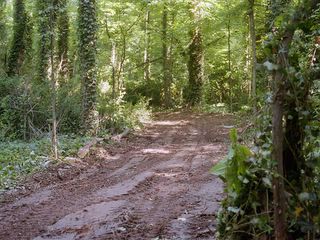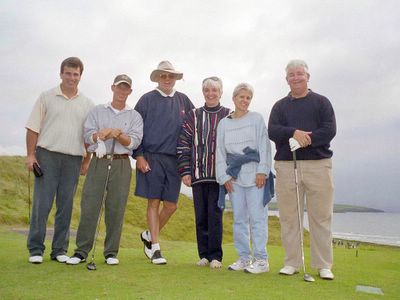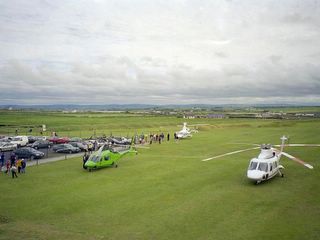In the poem, the poet and his neighbor walk their common stone-wall fence in the spring, picking up and replacing rocks and stones that have fallen during the winter. After some time, the poet observes"That sends the frozen-ground-swell under it,
And spills the upper boulders in the sun;
And makes gaps even two can pass abreast."
"There where it is we do not need the wall:
He is all pine and I am apple orchard.
My apple trees will never get across
And eat the cones under his pines, I tell him.
He only says, “Good fences make good neighbours.”
Spring is the mischief in me, and I wonder
If I could put a notion in his head:
“Why do they make good neighbours? Isn’t it
Where there are cows?
But here there are no cows.
Before I built a wall I’d ask to know
What I was walling in or walling out,
And to whom I was liketo give offence.
Something there is that doesn’t love a wall,
That wants it down.”And the poem ends:
"He will not go behind his father’s saying,
And he likes having thought of it so well
He says again, “Good fences make good neighbours.”
I was reminded of this when a fence was erected this week along the edge of part of Hamilton Lake.

The purpose of the fence, which is supposed to be temporary, is to protect the newly planted grass from the lake's geese population.
Now, if neighbors want to fence off their yards from the geese, more power to them, but I look forward to the public path being fence-free.
By the way, the collection of almost all the lake's geese population seen in the lower photo was because one family of juvenile goslings had gotten through the fence and couldn't figure out how to get back. They got very upset by dogs walking on the path, even though the dogs paid no attention to them. After several minutes they found a way under the fencing and back to the rest of the geese, and geese-life got back to normal on the lake.






























